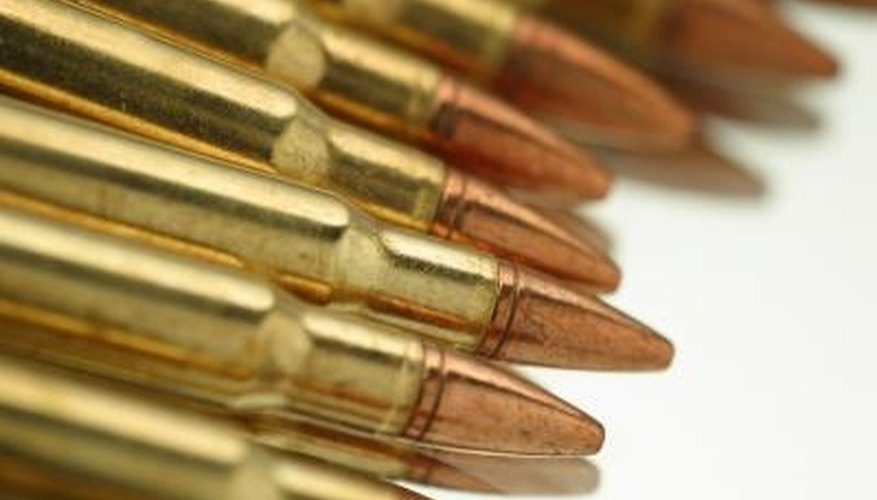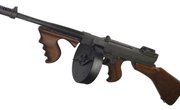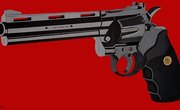
The 5.56 and the 7.62 ammunition have many differences but share some similarities too. Military services strive to find the best ammunition for their service rifles, so they spend a lot of time and money on research and development. The U.S. armed forces have been very successful with these efforts. The 5.56 and 7.62 were both improvements of designs preceding them and have been serving in these roles for decades.
Recoil
The 5.6x45mm NATO was designed for the M-16 by Remington Arms in the United States. It has been the mainline cartridge for NATO forces from the Vietnam Conflict to the present. It replaced the 7.62. At the time of selection, it was decided the 7.62 mm was causing excessive recoil, which caused poor accuracy. The 5.56 recoil is approximately 50 percent less.
Ammunition
The 5.56 was derived from the .223 Remington. The bore of the 5.56 is .22, the same diameter as the .22 rimfire. The 7.62 was developed from the .308 Winchester rifle cartridge and designed to replace the U.S. military's .30-06 Springfield rifle cartridge. Its bore is .30, which is considered a large caliber. The 5.56 is shorter, thinner and lighter than the 7.62. It was proved during military testing that a soldier could carry 200 more rounds of 5.56 than the larger cartridge.
Bullets
The 7.62 shoots a larger, heavier bullet. The NATO round was a 150-grain full-metal-case (fmj) projectile. The first 5.56 NATO round fired a much lighter 55-grain fmj projectile. As the cartridge evolved, the 5.56 saw the weight of its projectile increase in weight. The current NATO rounds carry bullets that weigh between 68 and 70 grains.
Effectiveness and Uses
The bigger cartridge is much more powerful, delivering nearly more than 1,000 foot pounds of muzzle energy than the smaller one. The 7.62 is used by snipers and specialized assault units because it is considered more lethal for this purpose. It is also used in target competition because the heavier projectile is less affected by crosswinds. However, the lighter bullet flies faster and has a flatter trajectory. With its lighter weight, less recoil and higher rate of fire, it is arguably considered the best cartridge in the world carried by mainline troops.
References
Writer Bio
George Chavez is a writer with expertise in emergency room care and general health issues. Chavez has written for Rateitall.com and various other websites. He attended the University of New Mexico where he majored in journalism and the University of Albuquerque where he majored in radiologic technology.



